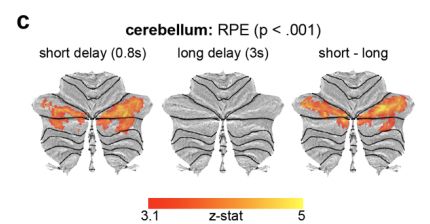Mehrdad Kashefi
@mkashefi.bsky.social
220 followers
350 following
29 posts
A PhD candidate studying motor neuroscience.
http://mkashefi.com
Posts
Media
Videos
Starter Packs
Pinned
Mehrdad Kashefi
@mkashefi.bsky.social
· Sep 6

Compositional neural dynamics during reaching
The complex mechanics of the arm make the neural control of reaching inherently posture dependent. Because previous reaching studies confound reach direction with final posture, it remains unknown how...
www.biorxiv.org
Reposted by Mehrdad Kashefi
Reposted by Mehrdad Kashefi
Reposted by Mehrdad Kashefi
Reposted by Mehrdad Kashefi
Reposted by Mehrdad Kashefi
Mehrdad Kashefi
@mkashefi.bsky.social
· Sep 6
Mehrdad Kashefi
@mkashefi.bsky.social
· Sep 6
Mehrdad Kashefi
@mkashefi.bsky.social
· Sep 6
Mehrdad Kashefi
@mkashefi.bsky.social
· Sep 6

Compositional neural dynamics during reaching
The complex mechanics of the arm make the neural control of reaching inherently posture dependent. Because previous reaching studies confound reach direction with final posture, it remains unknown how...
www.biorxiv.org
Mehrdad Kashefi
@mkashefi.bsky.social
· Sep 6
Mehrdad Kashefi
@mkashefi.bsky.social
· Sep 6
Mehrdad Kashefi
@mkashefi.bsky.social
· Sep 6
Mehrdad Kashefi
@mkashefi.bsky.social
· Sep 6

Compositional neural dynamics during reaching
The complex mechanics of the arm make the neural control of reaching inherently posture dependent. Because previous reaching studies confound reach direction with final posture, it remains unknown how...
www.biorxiv.org
Mehrdad Kashefi
@mkashefi.bsky.social
· Jul 9
Mehrdad Kashefi
@mkashefi.bsky.social
· Jul 8
Mehrdad Kashefi
@mkashefi.bsky.social
· Jul 8
Mehrdad Kashefi
@mkashefi.bsky.social
· Jul 8
Reposted by Mehrdad Kashefi
Mehrdad Kashefi
@mkashefi.bsky.social
· Apr 26
Mehrdad Kashefi
@mkashefi.bsky.social
· Mar 27









